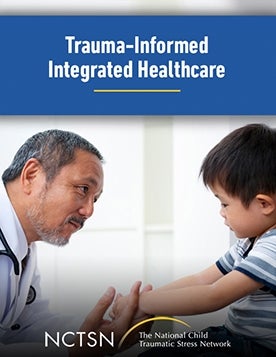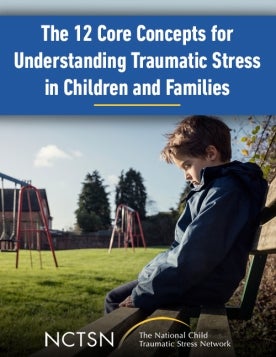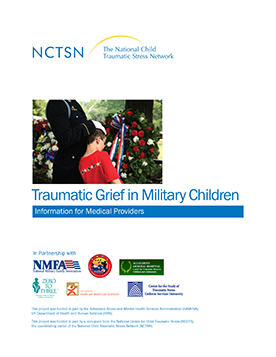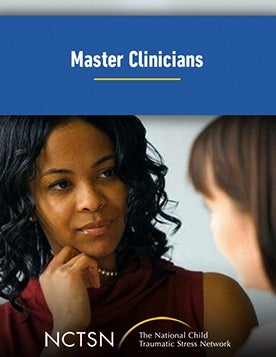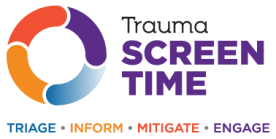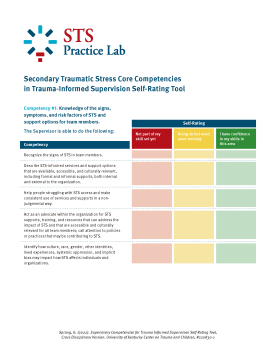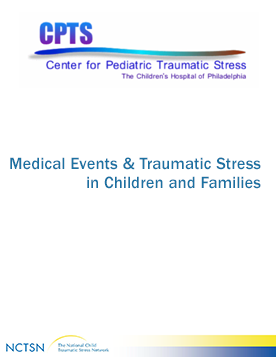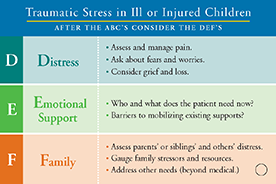
Traumatic Stress in Ill or Injured Children: After the ABC'S Consider the DEF's
Offers information about distress, emotional support, and working with families after a medical trauma. These reference cards are a way to quickly screen if a parent, caregiver, or child is at risk for ongoing traumatic stress reactions after a medical procedure or trauma.


